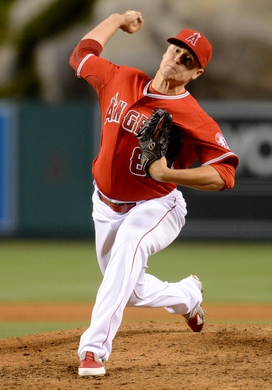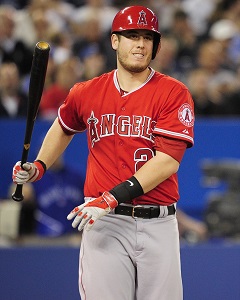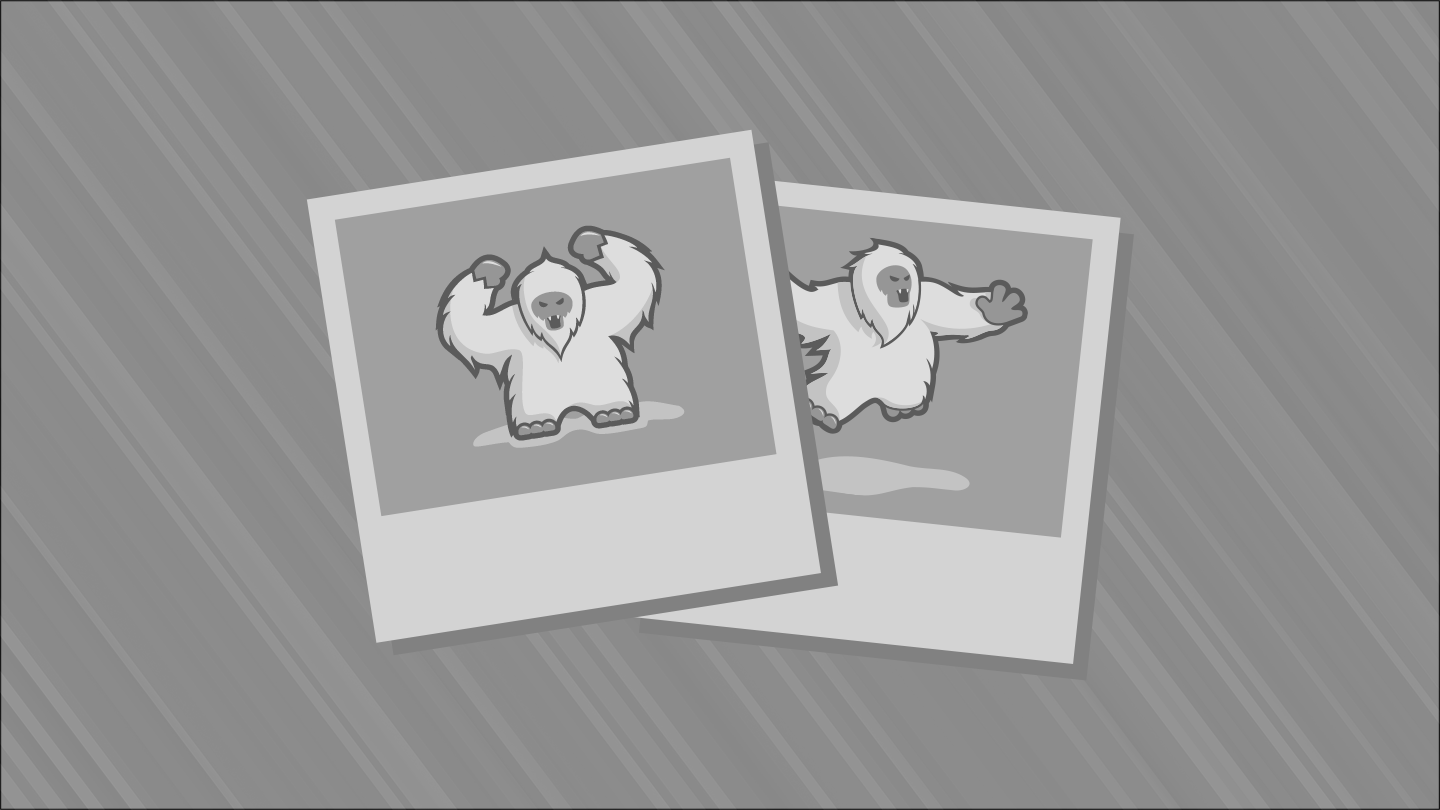
9. LHP Hunter Green – Rising. Wait, how can a player who hasn’t pitched yet this season see his tock rise? It’s the off-season promise he’s shown. Green was drafted in the 2nd round and seen as perhaps the most raw pitcher taken in the early draft, but also a pitcher with considerable upside that likely should’ve gone in the firs round. The Angels lucked out when they landed him in the 2nd round. Scouting reports indicated that Green was lanky, physically immature and dominated lesser competition in Kentucky. Over the offseason, Green added a ton of muscle and even grew a beard, which makes him look like much more of a legitimate start pitching prospect and less like a kid than he did just a year ago (beards can be amazing like that). Green’s currently nursing a sore back, but once that’s resolved he’ll head back to the Arizona Summer League to iron out some things.








This should make things particularly interesting because now the Angels find themselves with four quality 2B in AA or above. Kendrick is the elder statesmen who continues to get the job done in the majors. Grant Green is the most athletic of the bunch and has the highest upside with the bat, but is also the worst defender and the only one capable of playing different positions, meaning he could be a super utility player rather than 2B. Lindsey himself is the most polished and the most sure-thing but lacks the specific upside. And finally, Yarbrough has the moderate upside and work ethic of Lindsey as well as being a switch hitter, but lacks the plate discipline.
Add The Sports Daily to your Google News Feed!